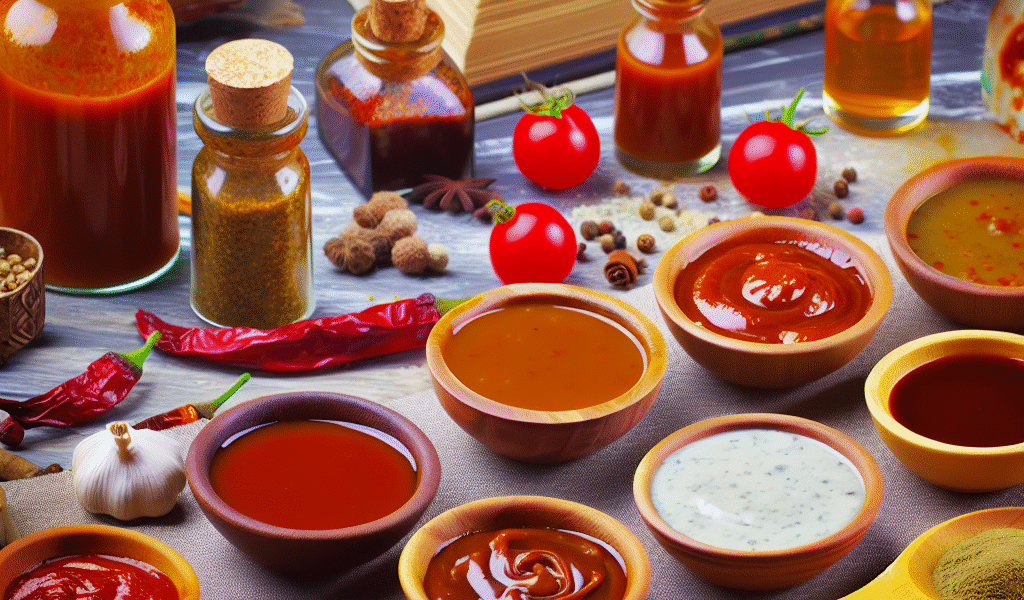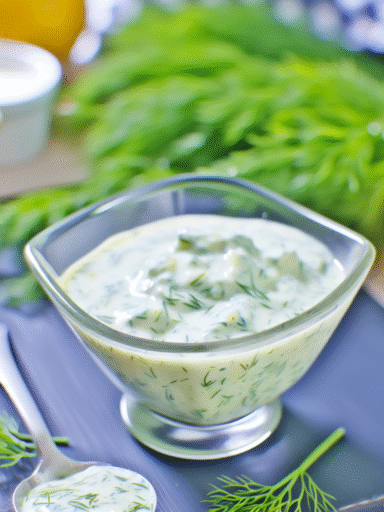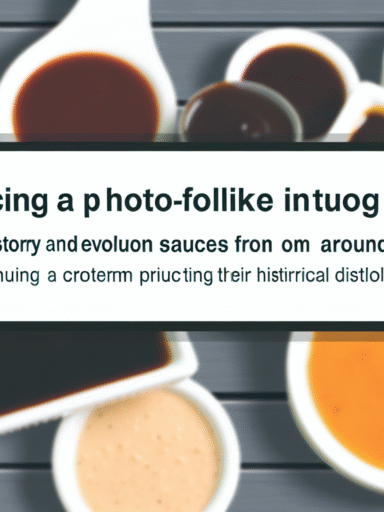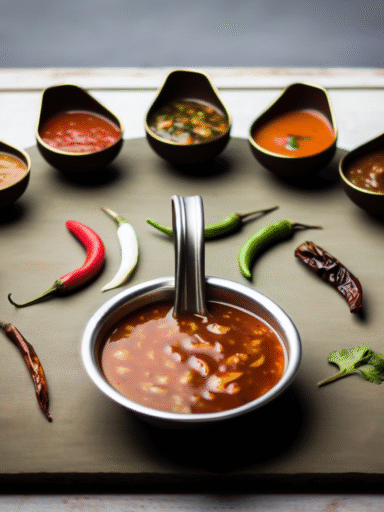Exploring the Rich History of Sauces Around the World
Sauces have been an integral part of culinary traditions worldwide, enhancing flavors and transforming dishes through centuries. Their evolution reflects cultural exchanges, regional ingredients, and innovative culinary techniques. This article delves into the captivating history of sauces, tracing their origins and significant development across different regions.
The Origins and Evolution of Sauces in Ancient Civilizations
The history of sauces dates back thousands of years, with some of the earliest known examples emerging from ancient Mesopotamia and Egypt. These early sauces were often simple emulsions of oil, vinegar, herbs, and fermented ingredients used to preserve food and add flavor. The Romans further advanced sauce-making by developing complex condiments like garum, a fermented fish sauce that was highly prized across the empire and laid groundwork for Mediterranean sauces.
During the Middle Ages, European cuisine saw increasing sophistication in sauces. The French, in particular, began codifying sauce-making techniques, leading to the creation of foundational “mother sauces” like béchamel, velouté, and espagnole. These provided a base for countless derivative sauces that shaped western culinary arts for centuries.
Global Sauce Traditions: Regional Flavors and Cultural Influence
As trade expanded and cultures mingled, sauces evolved into distinct regional varieties, often emphasizing local ingredients and taste preferences. For example:
- Asia: Soy sauce, dating back over 2,500 years in China, revolutionized seasoning with its umami depth. In Southeast Asia, fish sauces such as Thailand’s nam pla brought pungency and sweetness, while India’s chutneys combined fruits, spices, and herbs for vibrant accompaniments.
- Europe: Beyond France’s seminal sauces, Italian cuisine is renowned for its tomato-based sauces like marinara and ragù, reflecting a long history of integrating tomatoes post-Columbian exchange.
- Americas: Indigenous peoples used sauces based on chili peppers, maize, and cocoa, which inspired spicy moles in Mexico and barbecue sauces in the southern United States.
These sauces do more than flavor food; they tell stories of migration, colonization, and globalization, demonstrating how sauces serve as edible records of cultural identity and exchange.
Conclusion
The history of sauces reveals not only the ingenuity of ancient cooks but also the profound cultural connections that have shaped world cuisine. From ancient fermented blends to the sophisticated sauces of today, each sauce encapsulates centuries of tradition and innovation. Understanding this history enriches our appreciation of these flavorful companions that elevate culinary experiences globally.



